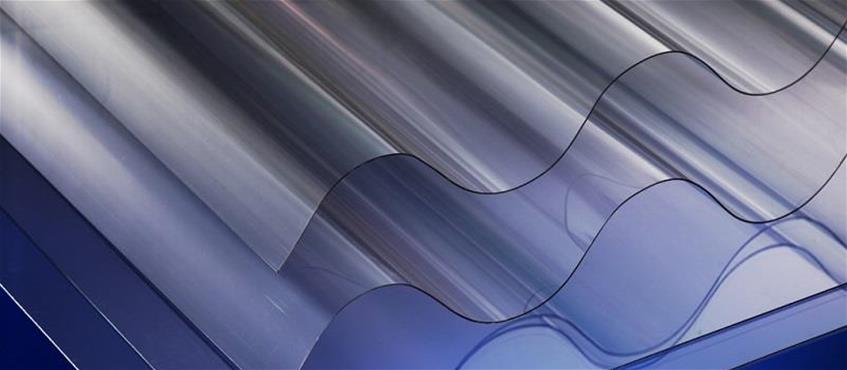Plastics in profile

Plastics are defined as synthetic materials made from a wide range of polymers that can be shaped while soft and set into a rigid or slightly flexible form.
Plastics can be described in different ways: thermoplastic v thermoset, amorphous v semi-crystalline, homopolymer v copolymer.
Thermoplastic v Thermoset
Thermoplastics are plastics which can be reheated and reshaped over and over, up to a maximum of around 6-8 times.
Thermoset plastics do not soften on heating. During processing, chemical bonds within the material become permanently formed and cannot be reworked. Thermoset plastics are used when heat resistance is important e.g. for kettles, plugs and chargers.
Brett Martin manufactures a range of thermoplastics.
Amorphous v Semi-Crystalline
The main difference between amorphous and semi-crystalline plastics is how the molecular chains are arranged and how the plastics react to heat.
Amorphous polymers do not have an organised molecular structure, which means they gradually soften when heat is applied and are much easier to thermoform. They typically have better impact resistance, but are more prone to stress cracking and have poor fatigue resistance. Amorphous polymers are typically transparent. Polycarbonate, PVC, acrylic and polystyrene are all examples of amorphous polymers.
Semi-crystalline polymers have a more ordered structure and exhibit highly sharp melt points. They will stay in their solid state until a certain amount of heat is absorbed at which point they will rapidly transition into a liquid. They perform extremely well in applications involving wear, bearings, and structural loads and have a very low coefficient of friction. They have good chemical resistance, but they typically lack in impact resistance. Polyethylene and polypropylene are two common semi-crystalline polymers.
Homopolyner v Copolymer
A homopolymer is made from a single type of monomer. Common examples are PVC, polycarbonate and acrylic.
A copolymer is made from two or more different types of monomer. Polypropylene Copolymer (PPC), Acrylonitrile Butadiene Styrene (ABS) and PETg are all copolymers.






